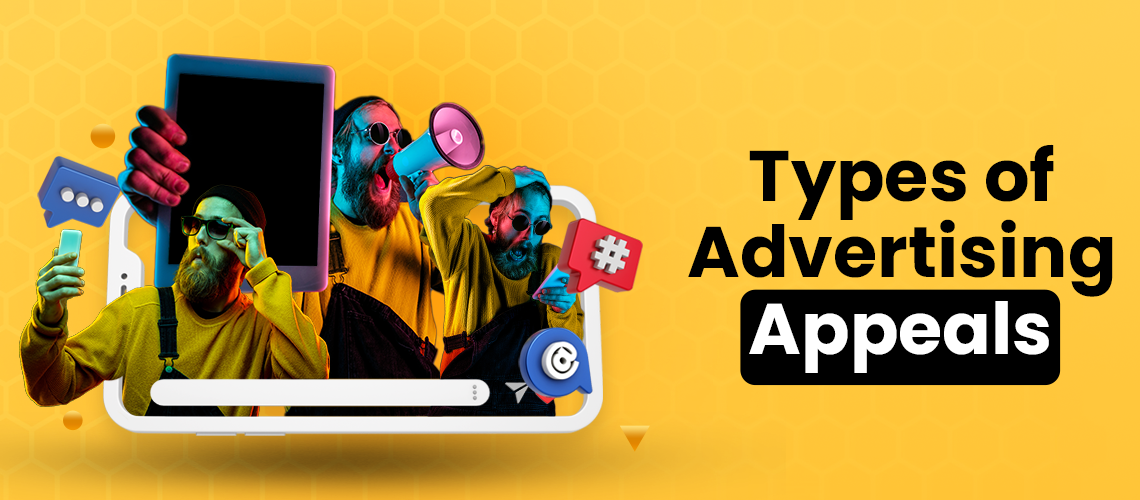Advertising appeals stimulate individuals’ needs and wants to buy a product or service. The goal of an ad is to persuade customers, and advertising appeals provide just the right hook to allow persuasion to occur. Advertisers use various appeals when designing an advertisement to influence purchase decisions.
There are seven advertising appeals:
- Fear
Fear appeal will work best for products that eliminate problems and cause threats. The strength of this appeal is important to make the advert remembered with perfect balance. This creates a behavioral response.
There are three types of behavioral responses:
- Severity (harshness): makes viewers consider the strength of the negative impact of actions taken or not taken
Ex: No insurance and hardship
- Vulnerability (weakness): makes the individual consider the odds of being affected by negative consequences
Ex: What could happen… so it might be better to have insurance?
- Rewards to Response Efficacy: How a viewer considers three things in evaluating the advertisement and making a decision to purchase
Ex: Vaper inhaler to quit smoking
- Humor
Humorous ads achieve success for three reasons; people watch, laugh, and remember the ad. In recall tests consumers often remember humorous ads.
Reasons to use humor as an ad appeal:
- Captures attention
- Holds attention
- High recall scores
- Consumers enjoy ads that make them laugh
- Evaluated by consumers as likable ads
- Sex
Sexuality approaches are used in adverts.
- Subliminal techniques – to affect viewers’ subconscious mind
- Sensuality – women respond better to sensuality. It’s more sophisticated and imaginative
- Sexual suggestiveness – a hint that sex is around the corner. Shirtless men to entice women, etc.
- Nudity or partial nudity – perfumes, clothing, cologne, etc.
- Overt sexuality – used for sexually oriented products. Using on others may create negative reactions.
- Music
Using a well-known song will make it easier to develop brand awareness, equity, and loyalty. They already have an affinity with the track. This can be a very expensive affair as rights will be quite expensive. Musicians have started using ads to get their songs heard.
- Rationality
A rational appeal is used when there is a high level of involvement in decision-making. Rational appeal follows these steps:
Awareness > Knowledge > Liking > Preference > Conviction > Purchase
This helps consumers gain more knowledge of the product than basic product information. In the preference stage, a logical reason should be maintained as to why the consumer should favor the brand. The best media outlets to use this is print media, the internet, and trade publications.
- Emotions
Reasons for using emotional appeal:
- Consumers ignore most ads.
- Rational appeals go unnoticed generally.
- Emotional appeals can capture attention and nurture attachments with the brand.
- Scarcity
Urges consumers to buy a product due to limitations.
Ex: Limited number of products / special product offerings.
